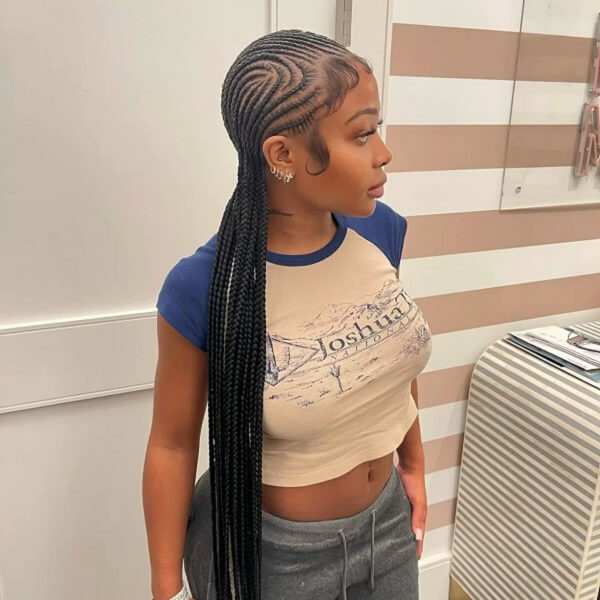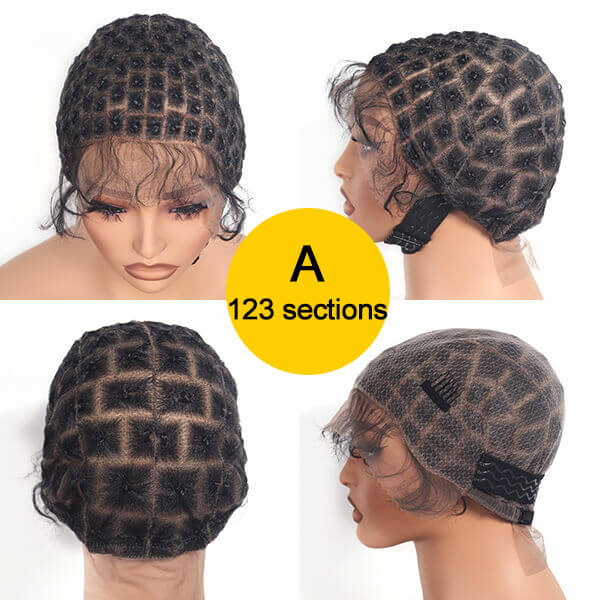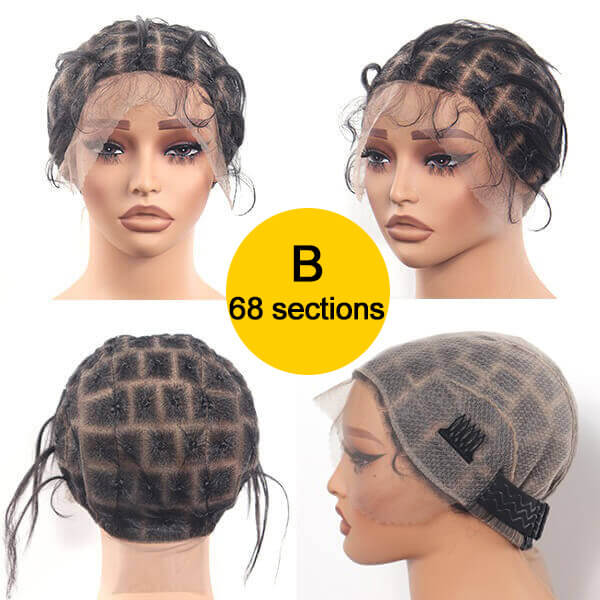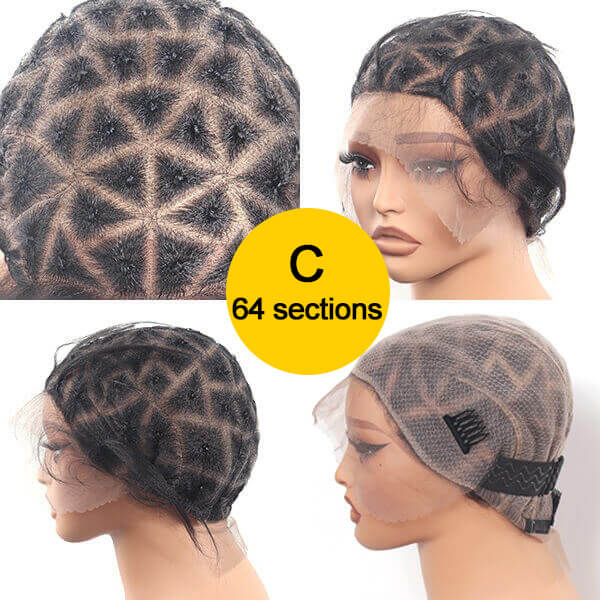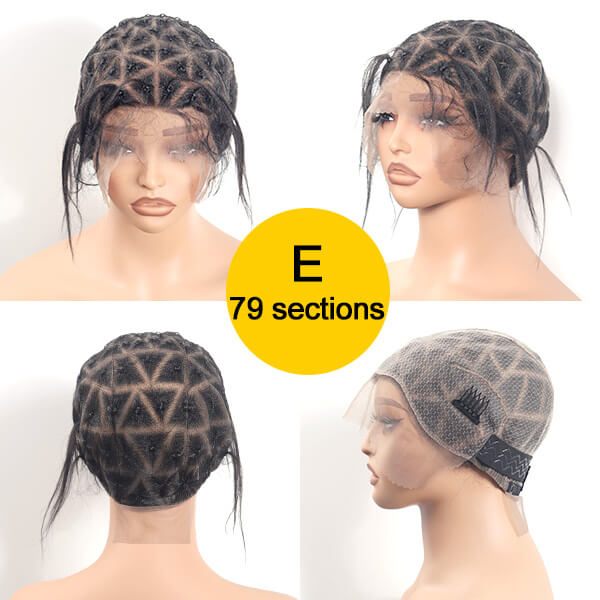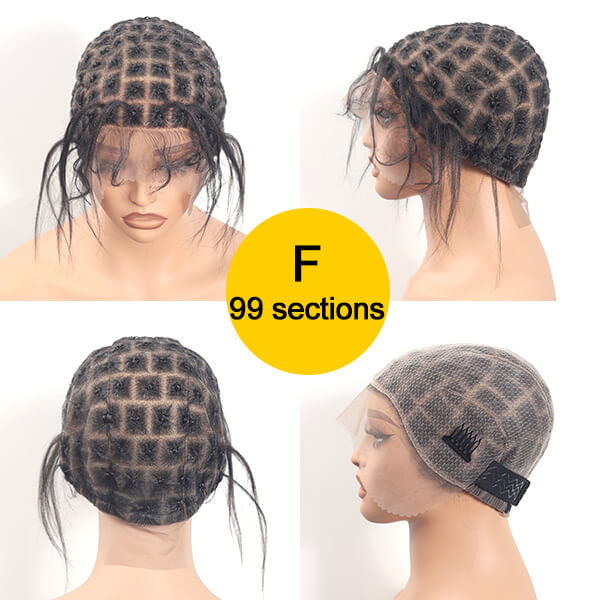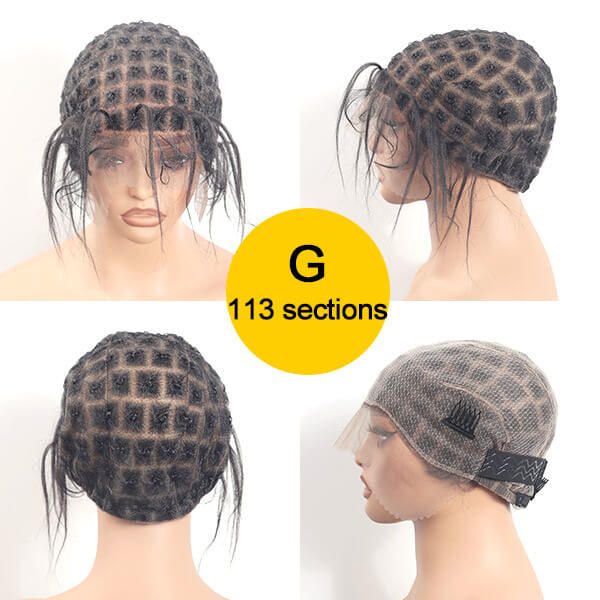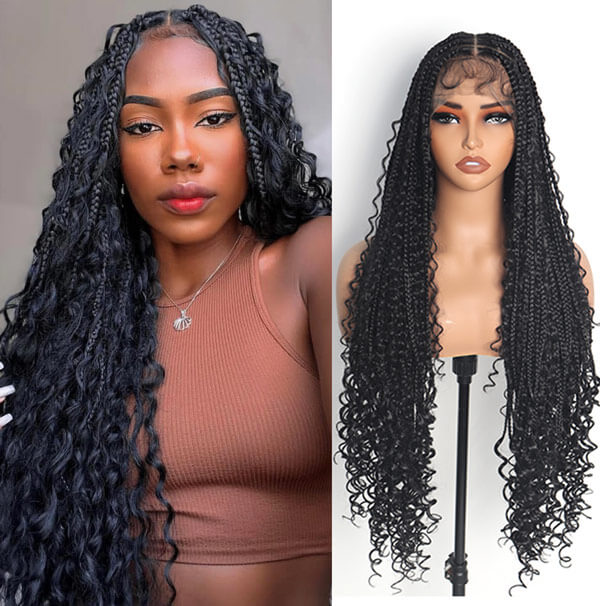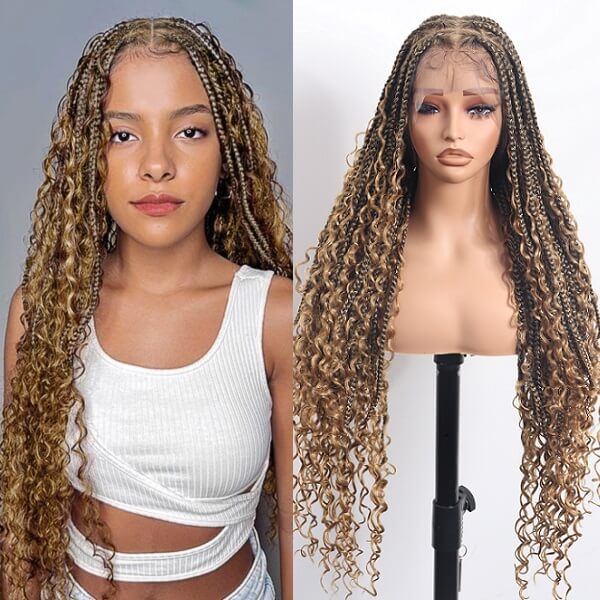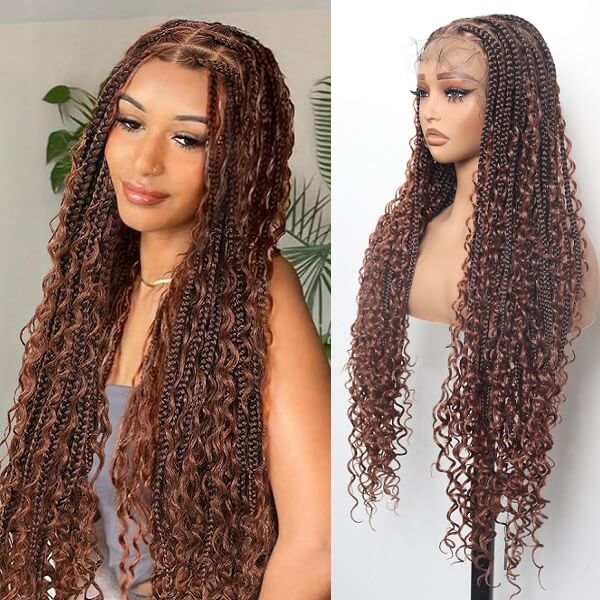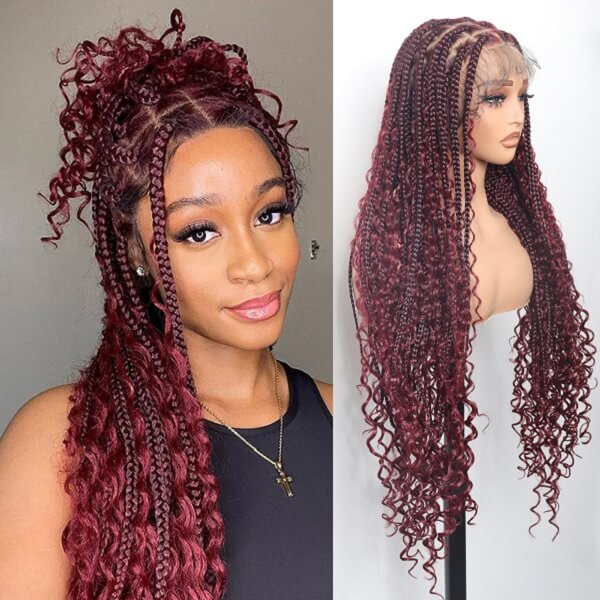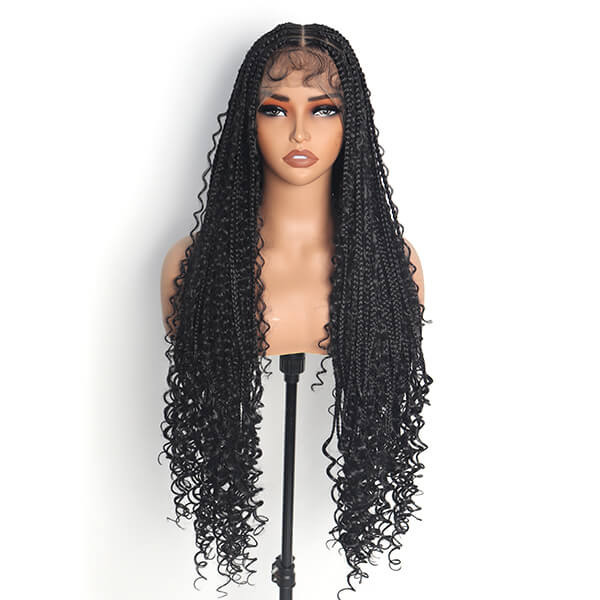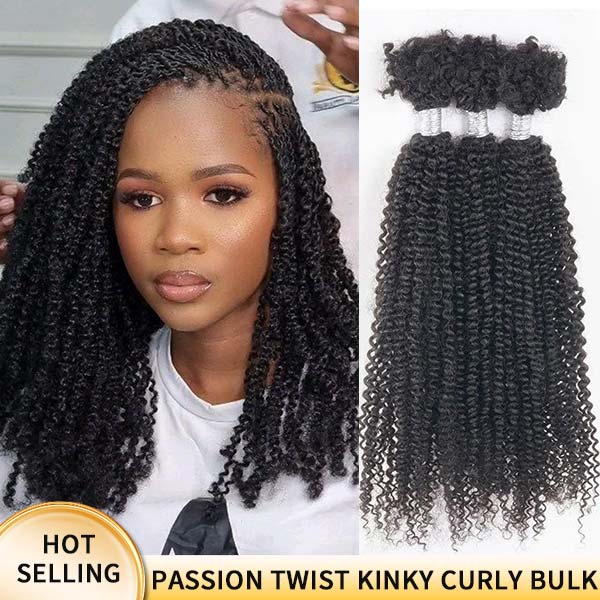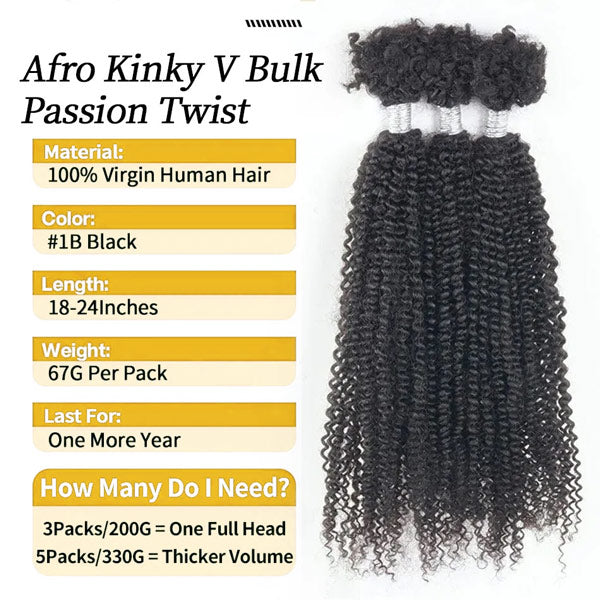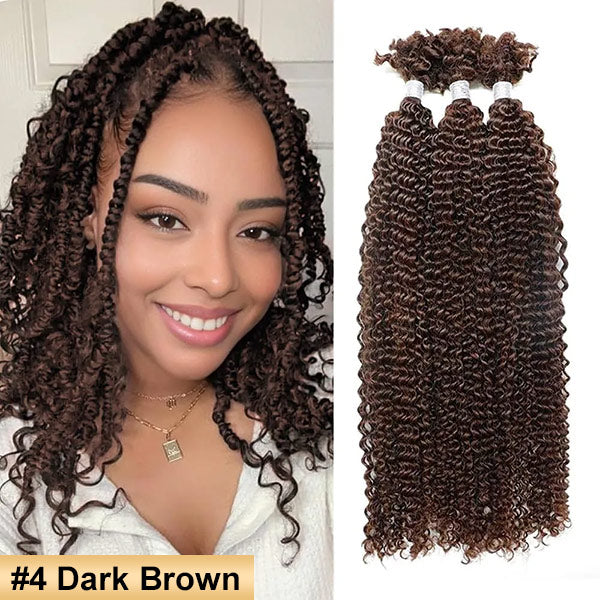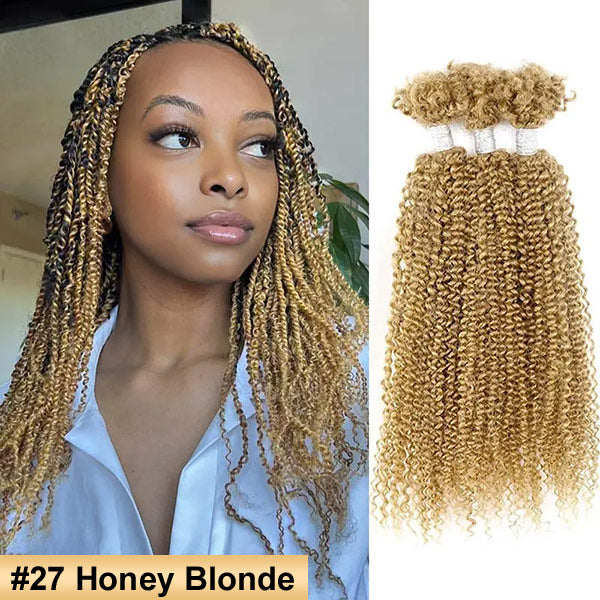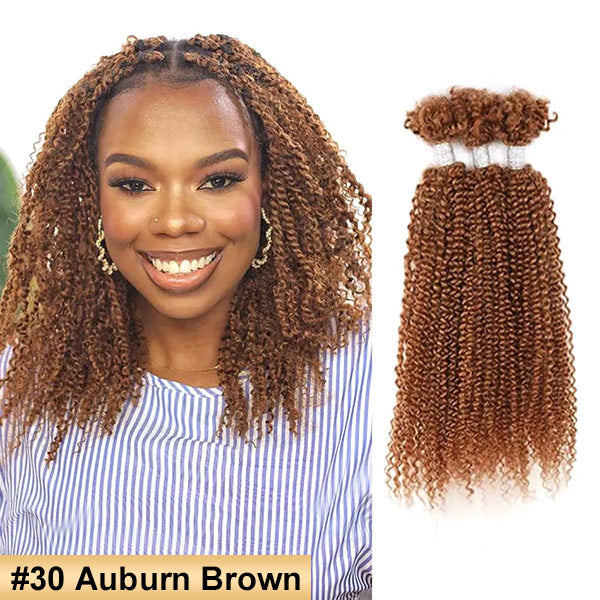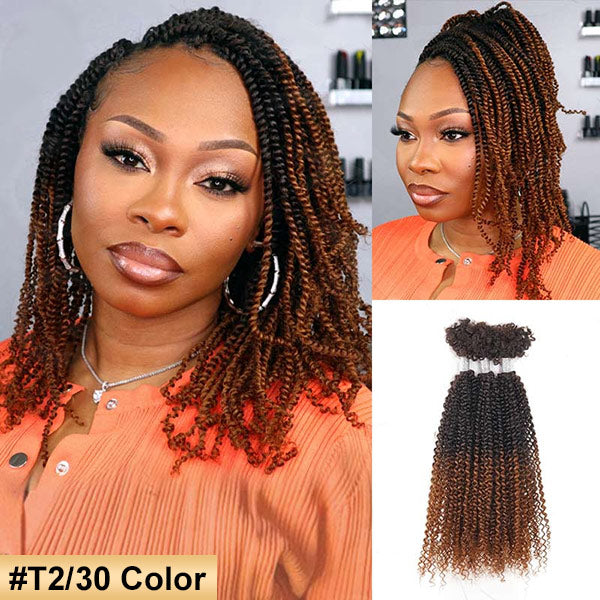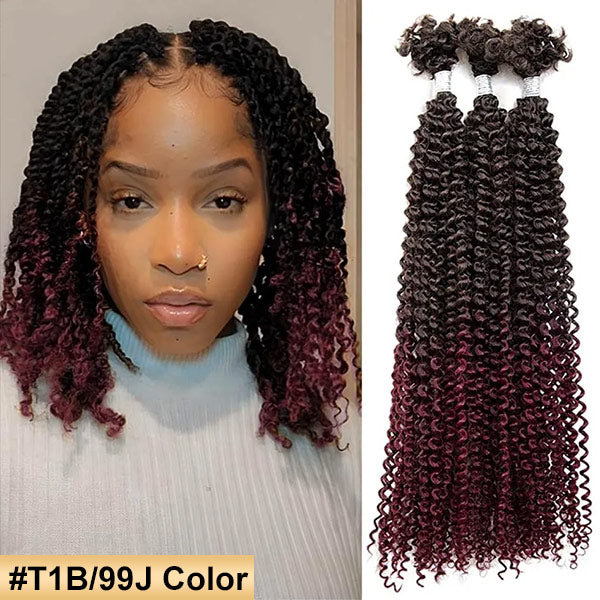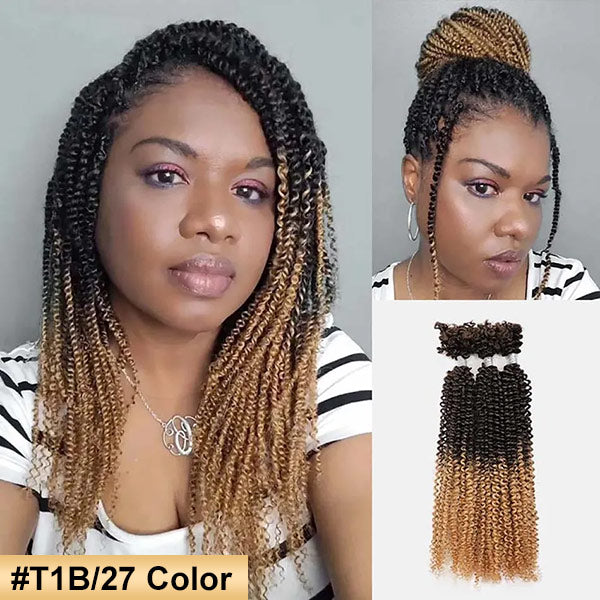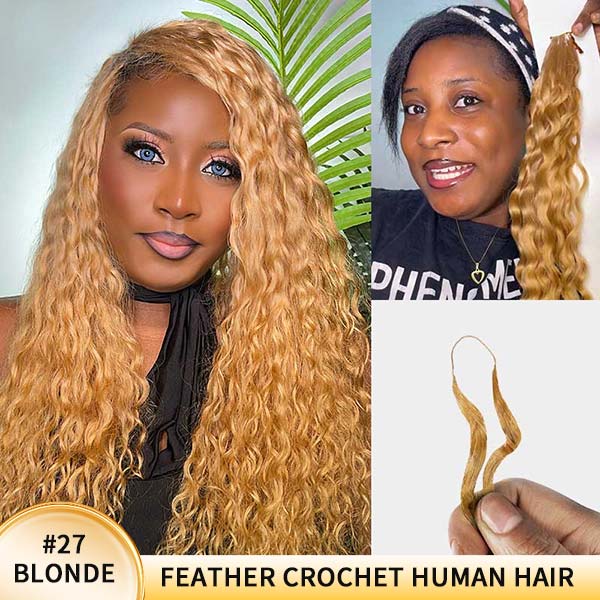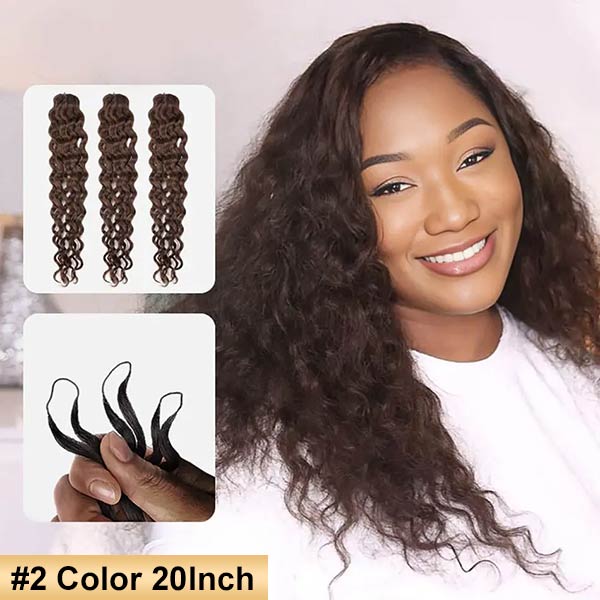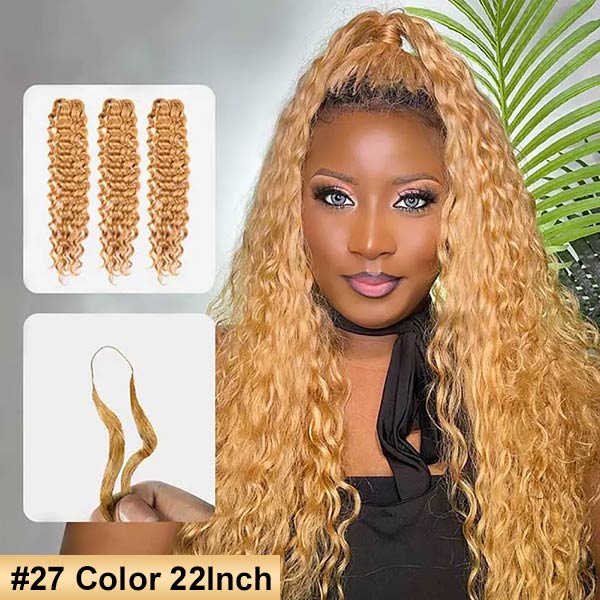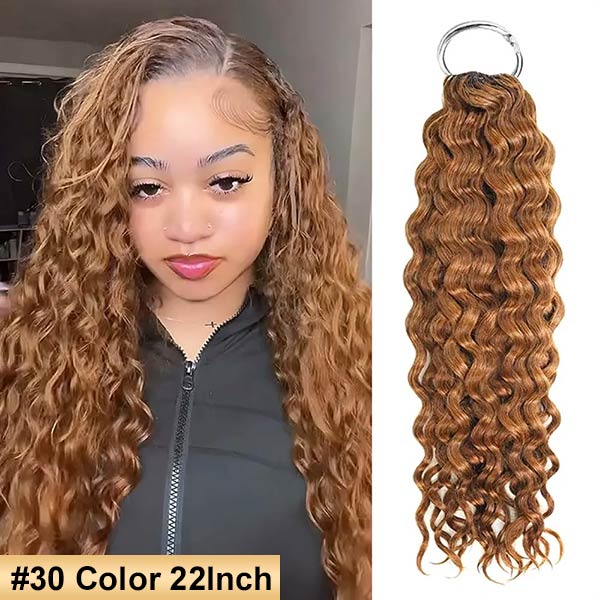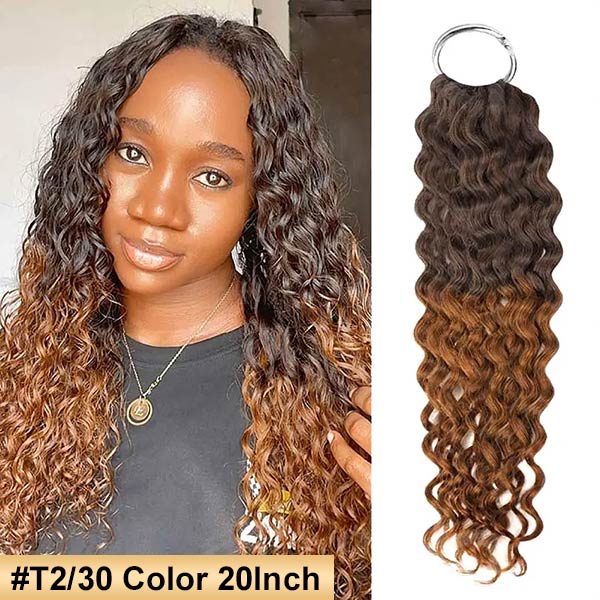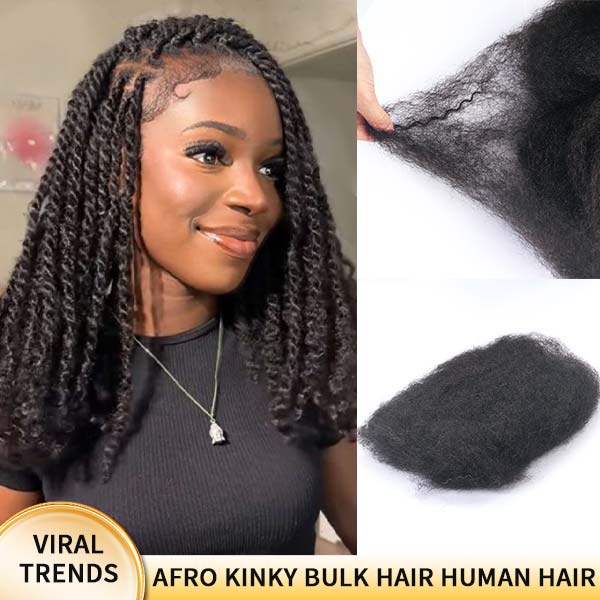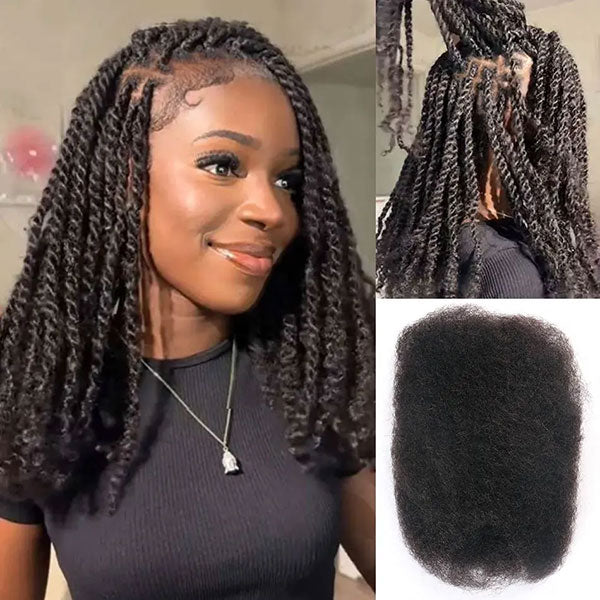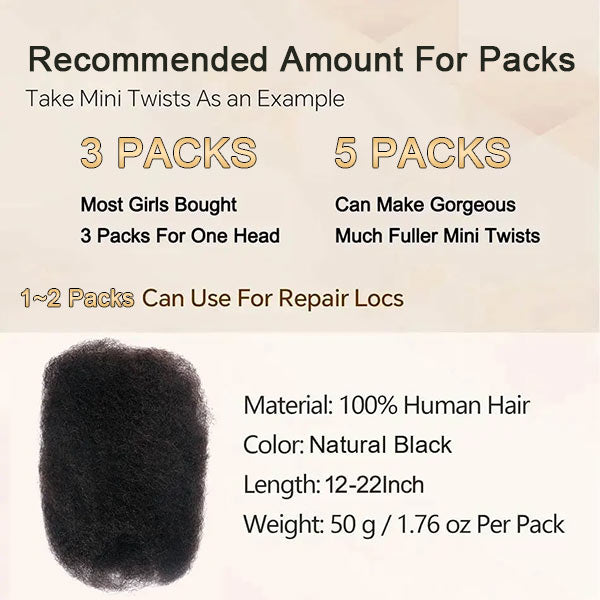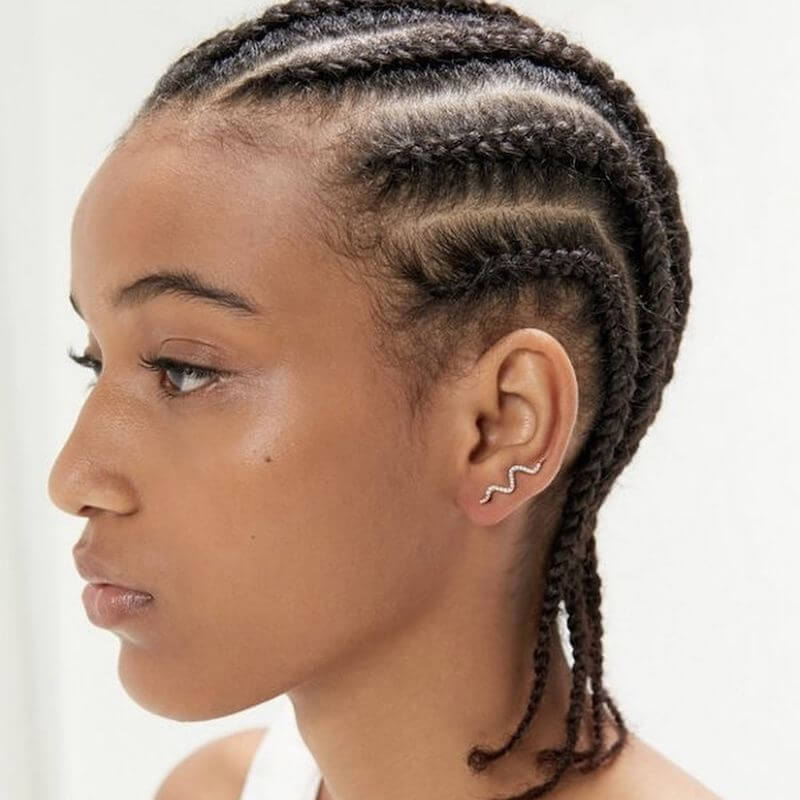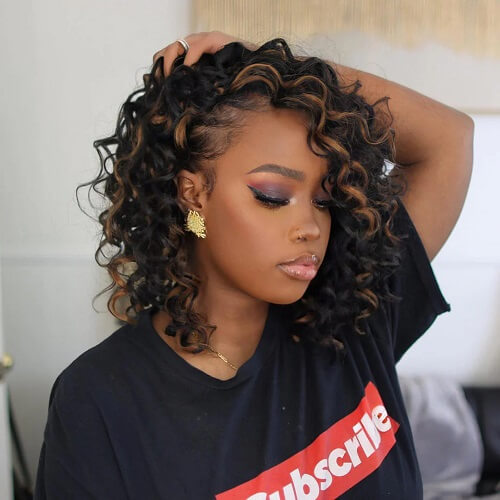Cornrows have been a go-to protective hairstyle for generations, loved for their neat appearance, long-lasting hold, and cultural significance. Whether styled in straight-back rows or intricate patterns, cornrows are a favorite for their versatility and low maintenance. But with all their benefits, there’s one concern that often comes up: Do cornrows pull your hairline back?
It’s a valid question—especially for anyone who has experienced thinning edges or wants to avoid tension-related damage. In this post, we’ll break down the truth about cornrows and hairline health, explain what causes issues, and share tips to keep your edges safe.

What Causes Hairline Damage?
Hairline damage is often caused by a condition called traction alopecia—a type of hair loss that happens when the hair is pulled too tightly over a long period of time. This constant tension puts stress on the hair follicles, especially around the edges, eventually leading to thinning or bald spots.
Cornrow braids, like many other braided styles, can contribute to this if they’re installed too tightly or worn for too long without a break. When your edges are under repeated stress—whether it’s from tight braids, constant pulling, or heavy hair extensions—they can start to weaken and fall out.
But it’s important to know: not all cornrows are damaging. The risk of hairline damage depends on how the braids are done. A gentle technique, proper spacing, and breaks between styles can make all the difference. With the right approach, cornrows can still be a healthy, protective option for your hair.

Are Cornrows Always Bad for Your Edges?
The short answer is: not necessarily. Cornrows can actually be a great protective style—when done the right way. The key lies in how they’re installed and maintained.
When cornrows are braided with care, using the right amount of tension and proper parting, they help protect your natural hair from daily manipulation and breakage. A skilled stylist who understands hairline health will avoid braiding too tightly, especially around the edges, and will choose braid sizes that don’t put too much pressure on your scalp.
It’s also important not to leave cornrows in for too long. Keeping them in beyond the recommended timeframe can cause buildup, tension, and stress on your roots.
Everyone’s scalp and hairline are different—some people have more delicate edges or more sensitive skin, making them more prone to damage. That’s why it’s important to listen to your scalp, avoid pain during installation, and give your hair time to breathe between styles. With the right care and technique, cornrows can be both stylish and safe for your edges.

Signs Your Cornrows Are Too Tight
One of the biggest red flags when it comes to hairline damage is overly tight cornrows. While a fresh install might feel snug at first, there’s a difference between secure and painful. If your cornrows are too tight, your scalp will let you know. Here are some common signs to watch out for:
- Pain or headache after installation
If your scalp feels sore or you develop a headache soon after getting your hair done, that's a strong sign your braids were done with too much tension.
- Redness or bumps along the hairline
Small red bumps, inflammation, or tenderness around your edges are signs of stress on the follicles, which can eventually lead to hair loss if not addressed.
- Breakage or thinning at the edges
If you start noticing your baby hairs breaking off or your hairline looking thinner than usual, your cornrows might be pulling too hard on those delicate areas.
- Difficulty sleeping due to tension
Struggling to sleep comfortably because your braids feel too tight is another red flag. No hairstyle should cause that much discomfort.
If you're experiencing any of these symptoms, it's best to loosen or remove the style to protect your hair and scalp. And remember—protective styles should never hurt.

How to Prevent Hairline Damage from Cornrows?
Cornrows can be a protective and stylish option—but only if they’re done with your scalp’s health in mind. Here are a few simple but effective tips to help you protect your edges while rocking cornrows:
- Avoid overly tight braiding styles
Your hair shouldn’t feel like it’s being pulled to the max. Always ask your stylist to go easy on the tension, especially around your edges. A snug but comfortable install is key.
- Take breaks between installs
Give your scalp and edges time to rest between styles. Constant tension with no break can weaken your hairline over time.
- Moisturize and care for the scalp regularly
Keep your scalp healthy and hydrated by applying light oils or leave-in scalp treatments. A nourished scalp supports stronger hair growth.
- Don’t keep cornrows in for too long
While cornrows are low-maintenance, they’re not meant to stay in forever. Most styles should be taken down after 4 to 6 weeks to avoid buildup and stress on your roots.
- Loosen or remove cornrows when signs of tightness appear
If you notice pain, bumps, or tension, it’s best to act quickly. Don’t wait—loosen or remove the braids to prevent long-term damage to your hairline.
By following these tips, you can enjoy the beauty of cornrows without sacrificing the health of your natural hair.
A Better Alternative: Hand-Tied Braided Wigs
If you're dealing with sensitive edges or trying to avoid the risk of hairline damage altogether, there's a game-changing alternative: braided wigs.
At MyBraidedWig.com, we offer beautifully crafted hand-tied braided wigs that give you the look of fresh cornrows—without any of the pulling or stress on your natural hair. These wigs are designed to be lightweight, breathable, and gentle on your scalp, making them a perfect option for protective styling.
Here’s why our hand-tied braided wigs are a smart, tension-free choice:
- No pulling on natural hair or edges: Since the braids are on a wig cap, your real hair stays safely tucked away underneath—no tension, no breakage.
- Easy to wear and remove: You can enjoy the look of braids without hours at the salon. Just put it on and go—then take it off when you're ready to let your scalp breathe.
- Long-lasting and realistic appearance: Our wigs are hand-tied with care, giving you a natural hairline and braided look that turns heads and holds up over time.
- Perfect for anyone experiencing thinning edges or trying to grow them back: If your edges need a break, hand-tied braided wigs let you protect your hair while still rocking your favorite styles.
It’s everything you love about cornrows—minus the stress on your hairline.
Conclusion
Cornrows are a timeless and beautiful protective style, but when they’re installed too tightly or worn for too long, they can lead to hairline damage over time. Yes, cornrows can pull your hairline back—but it doesn’t have to be that way. With the right technique, scalp care, and regular breaks, it’s possible to enjoy cornrows without harming your edges.
For an even safer option, cornrow wigs are a smart and stylish alternative. At MyBraidedWig.com, our hand-tied braided wigs let you enjoy the look of freshly braided hair with zero tension on your natural hairline. They're perfect for anyone wanting to protect their edges, grow their hair out, or simply save time.
Explore our braided wig collection today and find your next favorite style—no stress, no damage, just flawless beauty.
Related Articles:
Discover 50 Stunning Cornrow Braids Hairstyles
How to Achieve a Youthful Look with Cornrow Braids?
Box Braids vs. Cornrows: Which Style is Right for You?
Are Cornrows Good for Short Hair?

